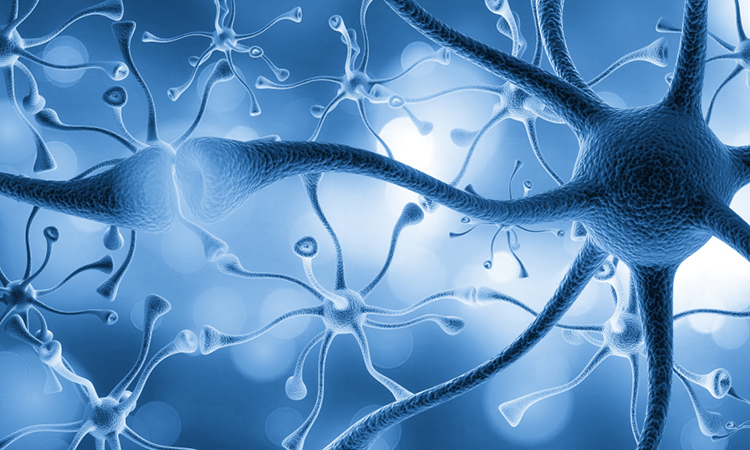Nerve regeneration offers hope for blindness and paralysis
Posted: 6 June 2023 | Izzy Wood (Drug Target Review) | No comments yet
US researchers uncover that certain nerve cells that have the capacity to regrow, are necessary for axon regeneration, providing hope for conditions like blindness and paralysis.


Researchers from the University of Connecticut (UConn) School of Medicine, US, have made a significant discovery that could potentially restore sight and movement to individuals suffering from nerve damage. The findings, published in the journal Development, reveal the existence of a small population of nerve cells in everyone that have the capacity to regrow, offering new hope for conditions such as glaucoma, optic neuritis, and paralysis.
Blindness and paralysis affect millions of people worldwide, with glaucoma alone impacting over 3 million individuals in the United States. While these conditions may seem distinct, they share a common underlying cause—the failure of adult nerve cells to regenerate their connections, known as axons.
While certain animals possess the remarkable ability to regrow axons, mammals such as mice and humans have not demonstrated this capability. Scientists previously believed that immature nerve cells necessary for axon regeneration were absent in mammals.
However, the UConn School of Medicine researchers, led by neuroscientist Ephraim Trakhtenberg, discovered a population of neurons that behave similarly to embryonic nerve cells. These neurons express a specific subset of genes and can be stimulated experimentally to regrow axons over long distances, potentially leading to the restoration of vision and mobility. They identified two genes, mitochondria-associated Dynlt1a and Lars2, that were upregulated during axon regeneration, presenting new therapeutic targets for gene therapy.
Trakhtenberg believes that similar immature nerve cells may exist in other regions of the brain beyond the visual system, indicating the potential to treat paralysis as well. However, creating the optimal conditions for axon regeneration poses a significant challenge. While these embryonic-like nerve cells can regrow axons in response to certain treatments, the axons often stall before reaching their intended targets.
Previous research has demonstrated that factors such as cell maturity, gene activity, signalling molecules within axons, as well as scarring and inflammation at the injury site, inhibit axon regeneration. While some therapies targeting genes, signalling molecules, and the injury site environment have shown promise in promoting limited axon growth, they often fall short of achieving the necessary length.
Typically axons in embryos grow to their full length before they are coated with myelin, but the team found that the cells that apply myelin start interacting with the regenerating axons shortly after they begin growing. That interaction, which precedes the insulation process, contributes to the axons stalling out, so that they never reach their targets.
The researchers suggest that a multi-pronged approach would be needed to fully regenerate injured axons. Therapies that target both the gene and signaling activity within the nerve cells would be necessary to encourage them to grow as an embryonic nerve cell would. By clearing the environment of inhibitory molecules and pausing oligodendrocytes from insulating, the axons would have time to reconnect with their targets in the central nervous system before being myelinated. Then, treatments that encourage oligodendrocytes to myelinate the axons would complete the healing process.
Although in some types of complex injures protection by myelination of still intact but demyelinated axons from ensuing inflammatory damage may take precedence, ultimately secondary inflammatory damage may be controlled pharmacologically, paving the way for pausing myelination and uncontrolled therapeutic axon regeneration for these types of lesions as well, Trakhtenberg explained.
The new insights into how axons grow could someday create a path for truly effective therapies for blindness, paralysis and other disorders caused by nerve damage.
Related topics
Gene Therapy, Genetic Analysis, Neurons, Neuroprotection
Related conditions
Glaucoma, optic neuritis, Paralysis
Related people
Ephraim Trakhtenberg








